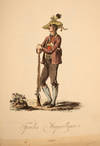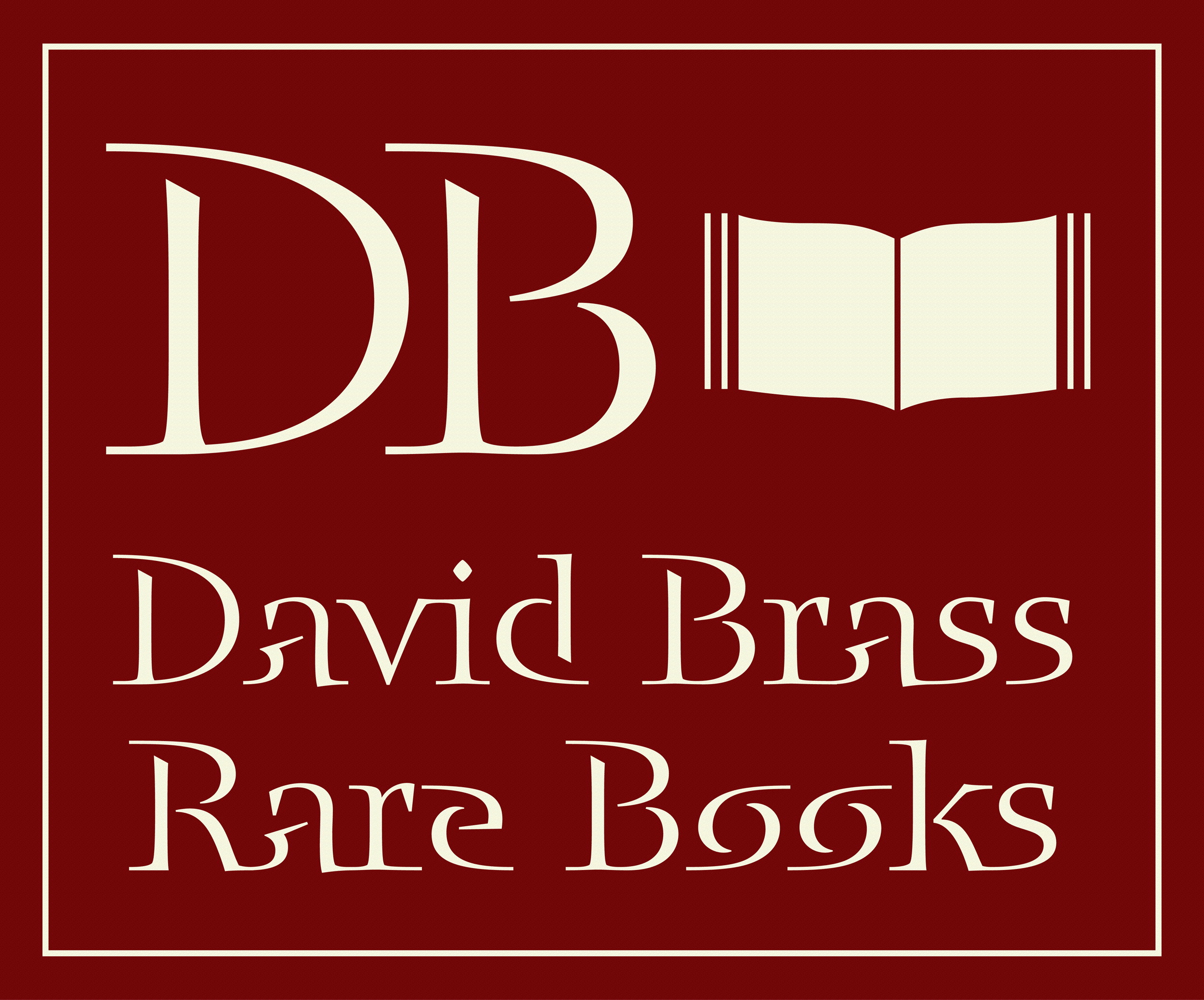Carousel content with 1 slides.
A carousel is a rotating set of images, rotation stops on keyboard focus on carousel tab controls or hovering the mouse pointer over images. Use the tabs or the previous and next buttons to change the displayed slide.
-
 Slide 1:
Slide 1:
-
 Slide 2: no title
Slide 2: no title -
 Slide 3: no title
Slide 3: no title -
 Slide 4: no title
Slide 4: no title -
 Slide 5: no title
Slide 5: no title -
 Slide 6: no title
Slide 6: no title -
 Slide 7: no title
Slide 7: no title -
 Slide 8: no title
Slide 8: no title -
 Slide 9: no title
Slide 9: no title -
 Slide 10: no title
Slide 10: no title -
 Slide 11: no title
Slide 11: no title -
 Slide 12: no title
Slide 12: no title -
 Slide 13: no title
Slide 13: no title -
 Slide 14: no title
Slide 14: no title -
 Slide 15: no title
Slide 15: no title -
 Slide 16: no title
Slide 16: no title -
 Slide 17: no title
Slide 17: no title -
 Slide 18: no title
Slide 18: no title -
 Slide 19: no title
Slide 19: no title -
 Slide 20: no title
Slide 20: no title -
 Slide 21: no title
Slide 21: no title -
 Slide 22: no title
Slide 22: no title -
 Slide 23: no title
Slide 23: no title -
 Slide 24: no title
Slide 24: no title -
 Slide 25: no title
Slide 25: no title -
 Slide 26: no title
Slide 26: no title -
 Slide 27: no title
Slide 27: no title
first edition
by MOLLO, T.
Vienna: T. Mollo, 1797. Twenty Hand Colored Plates Illustrating the Costumes of the Prussian Army
[MOLLO, T, publisher]. Abbildung der verschiedenen Corps des Oesterreichischen allgemeinen Aufgebothes.
Représentation des différens corps de l'Insurrection générale d'Autriche. Vienna: T. Mollo, 1797.
First edition. Small quarto ( 8 7/8 x 6 3/4 inches; 226 x 171 mm.).
Illustrations of the different corps of the General Insurrection of Austria.
Fourteen hand-colored engraved plates bound together with six additional hand colored plates: one of medals, the rest of uniforms, the first slightly larger and with (truncated) light lower marginal soiling, one or two others with very light soiling, the majority bright and fresh.
Original printed blue wrappers, front wrapper a tiny bit frayed at edges and somewhat foxed. Chemised in a red roan slipcase. A remarkable survival.
The War of the Austrian Succession (1740–1748) escalated and eventually involved most of the powers of Europe. Austria was supported by Great Britain and the Dutch Republic, the traditional enemies of France, as well as the Kingdom of Sardinia and the Electorate of Saxony. France and Prussia were allied with the Electorate of Bavaria.
The Prussian army proved to be a powerful force and ultimately Prussia claimed victory in the First Silesian War (1740–1742). Peace terms of the 1742 Treaty of Breslau gave Prussia all of Silesia and Glatz County, with the Austrians retaining only a portion of Upper Silesia called "Austrian or Czech Silesia."
Frederick renewed his alliance with the French and preemptively invaded Bohemia in 1744, thus beginning the Second Silesian War (1744–1745). Frederick’s victories on the battlefields of Bohemia and Silesia again forced his enemies to seek peace terms. Under the terms of the 1745 Treaty of Dresden, Austria was forced to adhere to the terms of the Treaty of Breslau, but Frederick recognized the election of Maria Theresa’s husband, Francis I, as the Holy Roman Emperor.
Rare: OCLC/KVK locate just two copies in libraries and institutions worldwide: Universitats-und Landesbibliothek Darm (Germany); Bibliothèque Nationale de France.
Tranquillo Maria Laurentio Mollo (1767-1837), from Italian Southern Switzerland, worked for Artaria & Co. (owned by Carlo and Francesco Artaria) in Vienna from 1792, but became its co-owner, with Giovanni Cappi, in 1793.
A few years later, in 1798 Mollo left Artaria to found, with Franz Bernardini, T. Mollo & Co., which was a publisher not only of scores, but also of art prints. This Viennese publisher was active from 1798 to 1838, and was thus in competition with Pietro Mechetti, Diabelli, and Artaria.
The Plates:
1. [Medals]
2. Frey Corps der Studenten.
3. Scharfschützen Corps.
4. Bewaffneter Landsturm.
5. Freynillige von der k.k. Freyen Academie der bild. Künste.
6. Freynilliges Corps des Wienerischen Handel Standes.
7. Berittenes Corps der Wiener Freynilligen.
8. Benaffneter Landsturm.
9. Benaffneter Landsturm.
10. Freynillige Jäger.
11. Frey Corps der Oesterreichischen Landstände.
12. Weiner Frey Corps.
13. Allgemeines Aufgebot der Wiener Vorstädte.
14. [Untitled]
15. Tyroler Freynilliges.
16. Gemeine von den Wiener Scharfschützen Batallions 1800.
17. Gemeiner Cavalerist von der Ungarischen Insurection.
18. Cavalerie Officier von der Ungarischen Insurection.
19. Gemeiner Infanterist von der Ungarischen Insurection.
20. Infanterie Officier von der Ungarischen Insurection.
Bobins III, 1152; Colas 4; Hiler p.1. (Inventory #: 05922)
[MOLLO, T, publisher]. Abbildung der verschiedenen Corps des Oesterreichischen allgemeinen Aufgebothes.
Représentation des différens corps de l'Insurrection générale d'Autriche. Vienna: T. Mollo, 1797.
First edition. Small quarto ( 8 7/8 x 6 3/4 inches; 226 x 171 mm.).
Illustrations of the different corps of the General Insurrection of Austria.
Fourteen hand-colored engraved plates bound together with six additional hand colored plates: one of medals, the rest of uniforms, the first slightly larger and with (truncated) light lower marginal soiling, one or two others with very light soiling, the majority bright and fresh.
Original printed blue wrappers, front wrapper a tiny bit frayed at edges and somewhat foxed. Chemised in a red roan slipcase. A remarkable survival.
The War of the Austrian Succession (1740–1748) escalated and eventually involved most of the powers of Europe. Austria was supported by Great Britain and the Dutch Republic, the traditional enemies of France, as well as the Kingdom of Sardinia and the Electorate of Saxony. France and Prussia were allied with the Electorate of Bavaria.
The Prussian army proved to be a powerful force and ultimately Prussia claimed victory in the First Silesian War (1740–1742). Peace terms of the 1742 Treaty of Breslau gave Prussia all of Silesia and Glatz County, with the Austrians retaining only a portion of Upper Silesia called "Austrian or Czech Silesia."
Frederick renewed his alliance with the French and preemptively invaded Bohemia in 1744, thus beginning the Second Silesian War (1744–1745). Frederick’s victories on the battlefields of Bohemia and Silesia again forced his enemies to seek peace terms. Under the terms of the 1745 Treaty of Dresden, Austria was forced to adhere to the terms of the Treaty of Breslau, but Frederick recognized the election of Maria Theresa’s husband, Francis I, as the Holy Roman Emperor.
Rare: OCLC/KVK locate just two copies in libraries and institutions worldwide: Universitats-und Landesbibliothek Darm (Germany); Bibliothèque Nationale de France.
Tranquillo Maria Laurentio Mollo (1767-1837), from Italian Southern Switzerland, worked for Artaria & Co. (owned by Carlo and Francesco Artaria) in Vienna from 1792, but became its co-owner, with Giovanni Cappi, in 1793.
A few years later, in 1798 Mollo left Artaria to found, with Franz Bernardini, T. Mollo & Co., which was a publisher not only of scores, but also of art prints. This Viennese publisher was active from 1798 to 1838, and was thus in competition with Pietro Mechetti, Diabelli, and Artaria.
The Plates:
1. [Medals]
2. Frey Corps der Studenten.
3. Scharfschützen Corps.
4. Bewaffneter Landsturm.
5. Freynillige von der k.k. Freyen Academie der bild. Künste.
6. Freynilliges Corps des Wienerischen Handel Standes.
7. Berittenes Corps der Wiener Freynilligen.
8. Benaffneter Landsturm.
9. Benaffneter Landsturm.
10. Freynillige Jäger.
11. Frey Corps der Oesterreichischen Landstände.
12. Weiner Frey Corps.
13. Allgemeines Aufgebot der Wiener Vorstädte.
14. [Untitled]
15. Tyroler Freynilliges.
16. Gemeine von den Wiener Scharfschützen Batallions 1800.
17. Gemeiner Cavalerist von der Ungarischen Insurection.
18. Cavalerie Officier von der Ungarischen Insurection.
19. Gemeiner Infanterist von der Ungarischen Insurection.
20. Infanterie Officier von der Ungarischen Insurection.
Bobins III, 1152; Colas 4; Hiler p.1. (Inventory #: 05922)


![Affiches Illustrèes [&] Gentilhommes Bourgeois [&] Des Mères de Famille](https://d3525k1ryd2155.cloudfront.net/h/809/855/1684855809.0.m.jpg)
